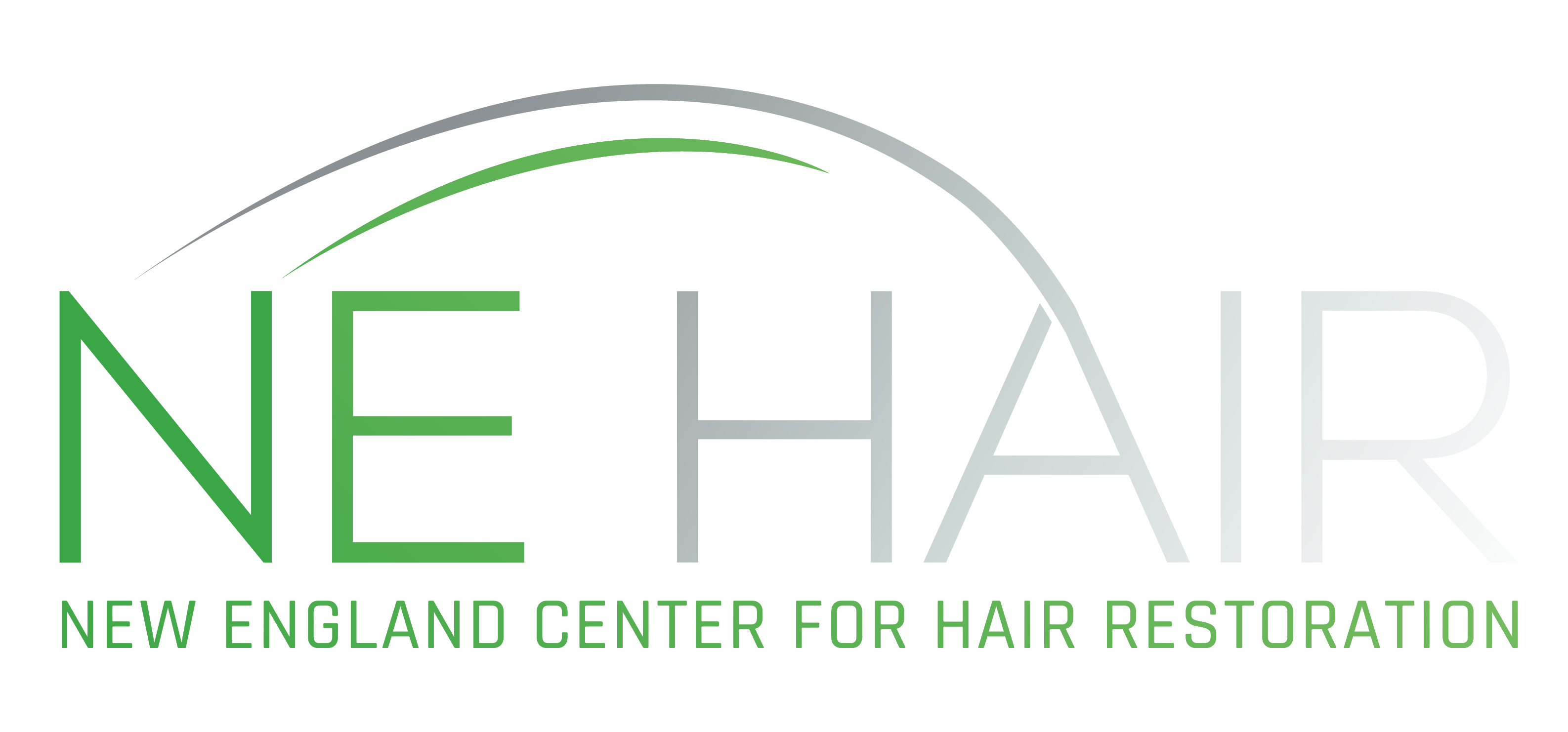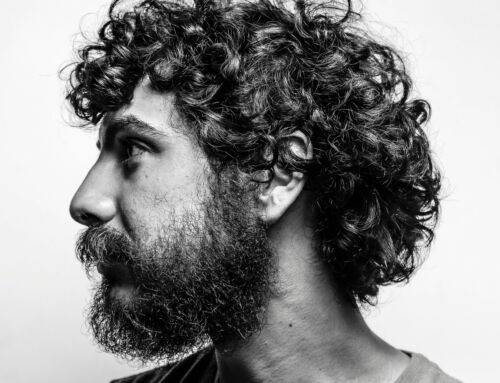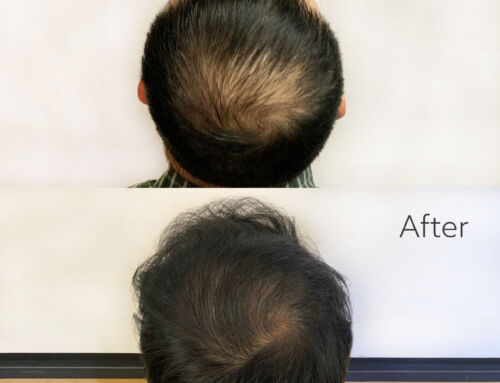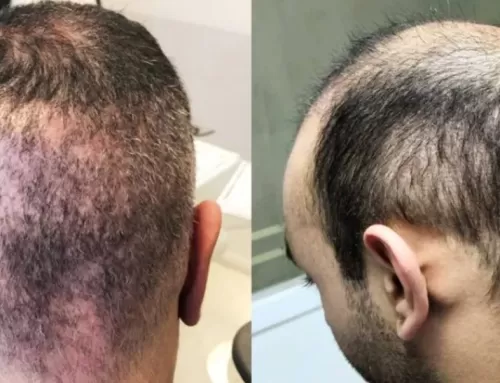In 2002 the world of cosmetic medicine changed forever with the introduction of Botox Cosmetic. Botox is a neurotoxin (also referred to as a neuromodulator). The toxin itself (botulinum toxin) is produced by the bacteria Clostridium botulinum. Botox binds reversibly to the nerve. Nerves innervate muscle. By blocking the nerve, the movement of the muscle is temporarily blocked.
Your face has 43 muscles of variable sizes. When these muscles repeatedly contract tens of thousands of times each year, they literally squeeze the collagen-containing dermis until fine lines and wrinkles begin to appear, and deepen. Botox blocks nerve impulses thereby preventing movement of facial muscles in injected areas. In doing so, these fine lines, wrinkles and furrows in the brow, forehead and around the eyes begin to soften. The collagen and elastin fibers can relax, stretch out and smoothen. A common myth is that Botox treats wrinkles. This is true in part, but it has more to do with direct effects to the nerve, which relaxes the muscle thereby softening the wrinkles present.
Pliability and Elasticity
Skin Pliability is the ability of the skin to stretch and skin elasticity is the ability of the skin to recoil. Many of the medical aesthetic treatments we use such as chemical peels, microneedling. cosmetic laser treatments (IPL/Fraxel), microdermabrasion and dermal fillers will stimulate fibroblasts to make more collagen and elastin. By doing this we improve youthful skin features; strength, pliability, and elasticity. The repeated contraction of facial muscles has an adverse effect on the elasticity and pliability of the skin. The main reason for this is largely a loss of collagen and elastin.
In a 2015 study in JAMA Facial Plastic Surgery, Dr. James Bonaparte revealed that the use of Botox Cosmetic made the skin more pliable and elastic. He noted, “We found if we treat people with Botox using standard techniques, we see an increase in elasticity, which is what you’d see in people with more youthful skin … We’re actually seeing evidence that we, for some reason, are getting more elastin and collagen in the skin.”
It kind of makes sense. In this study the muscles of the brow and lateral orbital rhytids (crow’s feet) were treated. These muscles, when they are moving, are continually pulling on the skin and squeezing the dermis, putting strain on collagen and elastin fibers. Most experts agree with this premise but go a step further. Fibroblasts make collagen and elastin. I agree with Dr. Bonaparte who believes that improved pliability and elasticity of the skin may also be related to a receptor in these fibroblasts (or in the collagen itself) that somehow responds to Botox.
Botox Cosmetic study findings were:
-
- They found that Botox Cosmetic increased the stretch and elastic recoil of the women’s faces studied. This effect mimicked younger skin.
-
- They felt the effect was similar to what was seen with radiofrequency skin tightening, an aesthetic procedure that uses radio waves to heat the dermis causing an increase in collagen and elastin.
-
- The tightening and firming features were not a by-product of inflammation or swelling caused by the injections themselves.
-
- The effect lasted about four months.
A difference of opinion:
Some experts felt the paralysis of the muscles caused by Botox simply gives the collagen and elastin a chance to recover from repetitive muscle movement. Others feel as though the Botox injection itself may somehow, due to a property of the toxin itself, stimulated fibroblasts to make collagen and elastin. This is an interesting theory as according to Dr. Bonaparte, “we may be able to develop some medications that don’t require injection that you can apply topically and get the same skin rejuvenation effects as Botox.” Other experts feel that repetitive muscle movements create waste products upon which Botox may actually have an antioxidant effect. It has become evident that peptides, in particular neuropeptides are at the forefront of the discussion of topical ways to achieve results similar to Botox, without the use of a needle.
My feeling is that the effect that Botox has on the improved pliability and elasticity of the skin is likely related to the ability of the muscles to ‘rest’ thereby giving the collagen and elastin a chance to relax and strengthen. Secondly, the actual injection itself may stimulate fibroblasts; similar to what one may see with injection of dermal fillers, micro-needling or radiofrequency skin tightening.
Botox’s array of uses extends beyond simple paralysis of facial muscles. If injected in specific locations it can raise the eyebrows or corners of the mouth. It can also treat ‘smoker’s lines’ around the mouth and wrinkles in the chin and neck.
Botox Cosmetic can also be used to reduce excessive sweating (hyperhidrosis) under the arms. In fact, Botox has been shown to result in an 82-87% decrease in sweating. Similar to how Botox blocks the nerves innervating facial muscles, it also blocks the action of sweat glands. Results here may last much longer. In many cases it has been shown to last at least 6 months.
Getting Botox Cosmetic
Botox has reigned supreme in the medical aesthetic world as the #1 sought after and administered treatment. With beauty so very important and Botox as a means to get there the plan should be simple correct? Just go and get Botox. Not so fast.
Back in 2005, I had a great deal of experience with skin care and as a physician. I had been a doctor for 12 years. If I wanted to, I could order a vial of Botox and inject whomever I wanted, with absolutely no training. The fact that I had an MD after my name was all that was really needed. I certainly didn’t do that. I studied facial muscles in more depth, attended ‘hands-on” seminars and then shadowed an experienced plastic surgeon for three months. Only after that time was I ready to administer Botox on real patients (under his supervision). I studied and made drawings of each facial muscle and what each would do if injected.
My point is that many practitioners with little training are injecting. True, finding somewhere to get Botox is not difficult. Finding someone trained well and experienced with neurotoxin injections, is another story. The best providers have both a deep understanding of facial anatomy, experience and an aesthetic eye for what is the best treatment approach. Your best bet is to stay away a new medi-spa with a deep Botox discount. These are a hot bed for poorly trained injectors out to make a quick buck. Word of mouth is a great avenue to some assurances that the person injecting is qualified. There is also nothing wrong with asking for certifications or licenses.
Along the same lines, many people are very hesitant to getting Botox for fear that their face will become ‘frozen’ appearing. Celebrities are notorious for having too much Botox and ending up with a ‘frozen face.’ Many will see frozen face images in a magazine and swear off Botox for life. In order to achieve the best result, it is both the location and quantity of neurotoxin administered. Over-Botox is not pretty and will last for many months. Make it clear that you want changes to be subtle. In medical aesthetics, less is more. The object is to enhance your beauty and reverse changes that have come through time.
There is no definitive age as to when to come in for a Botox treatment. I have treated women from age 21-70+. Certainly when wrinkles appear, Botox can be helpful. The best results are seen with those who choose to have Botox when visits are spaced every 4 months. This way, one has a continued smoothening of wrinkles with little or no recurrence. Genetics certainly plays a powerful role in who gets wrinkles where and when. I have no problem treating younger patients as women in their 20s quite commonly have very pronounced brow and forehead wrinkles while other women in their 40s are relatively smooth.
Understanding Botox Cosmetic is important to having a beautiful result if this indeed is a medical aesthetic procedure you wish to pursue.
Thank you for reading and be well,
Dean M. Tomasello, MD






